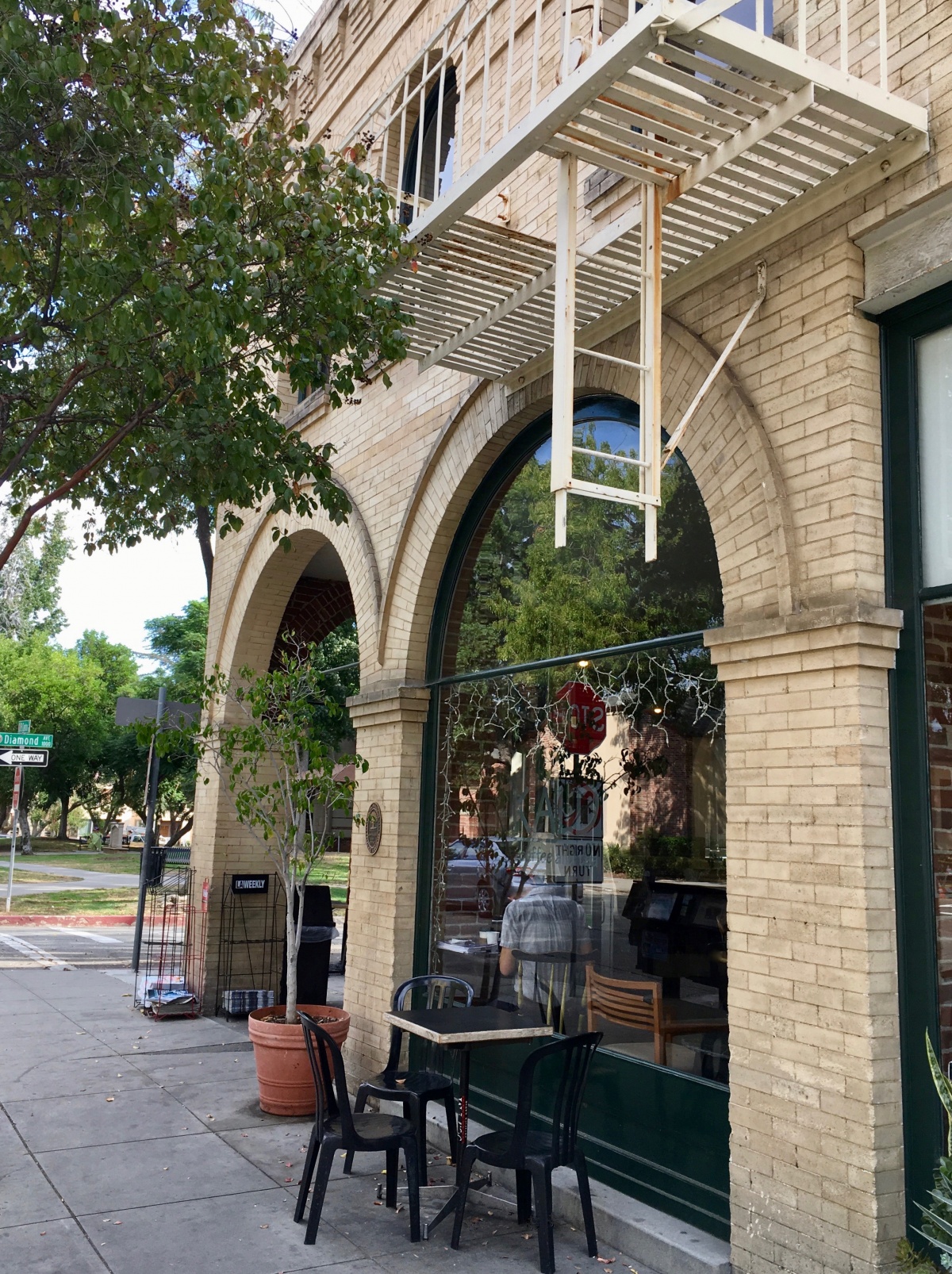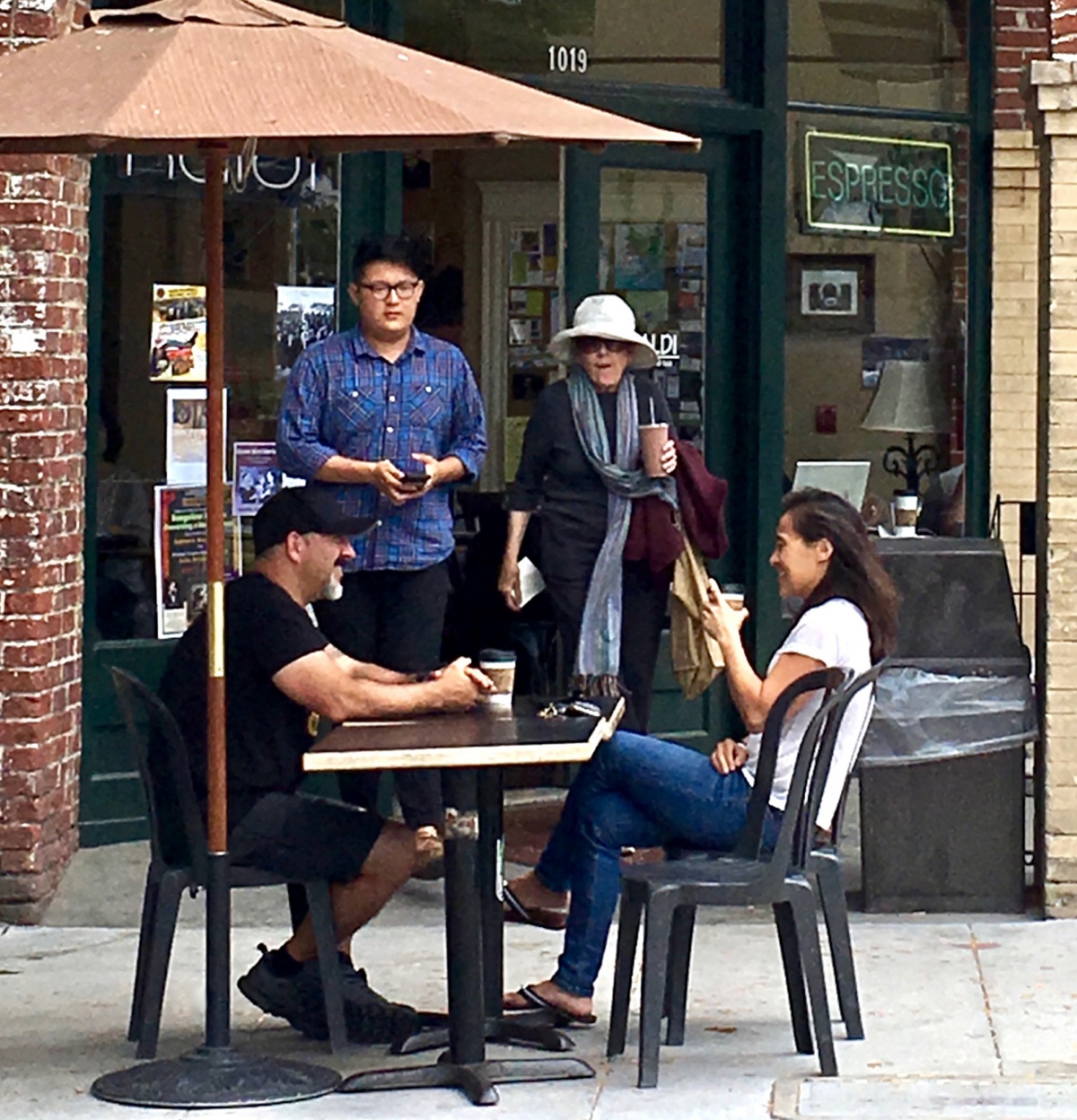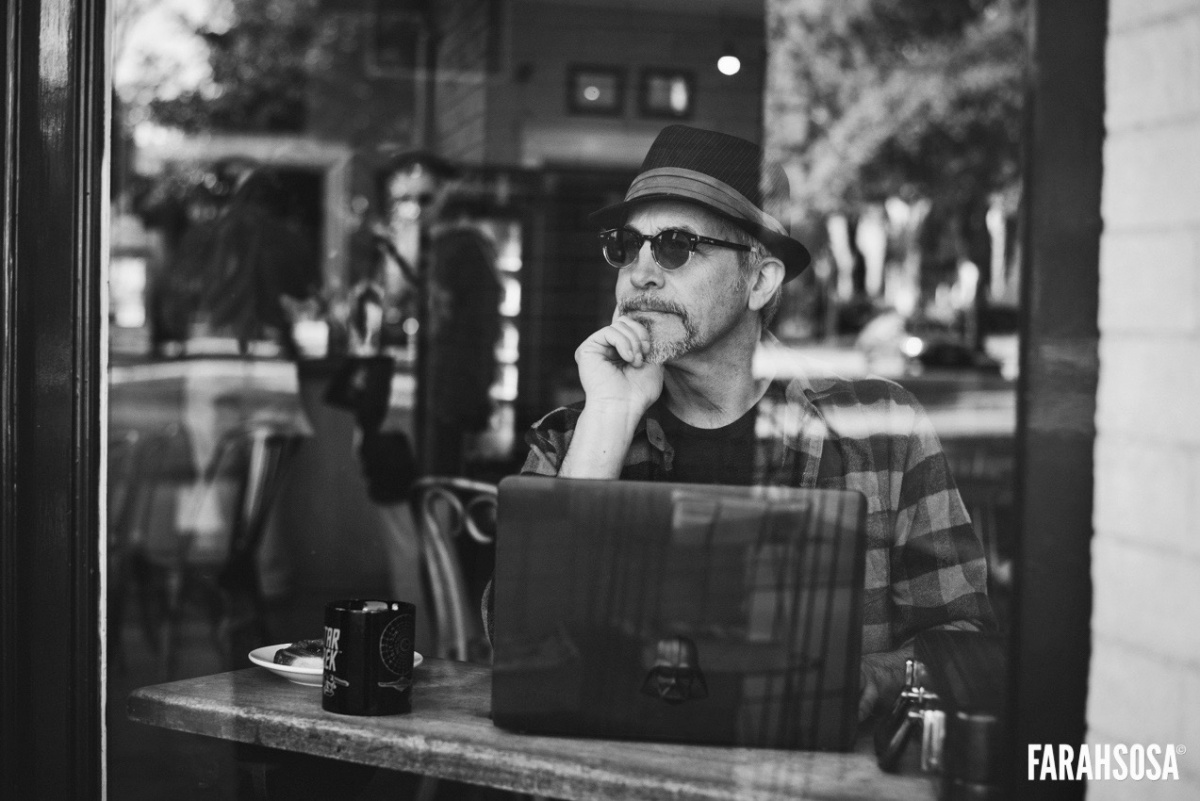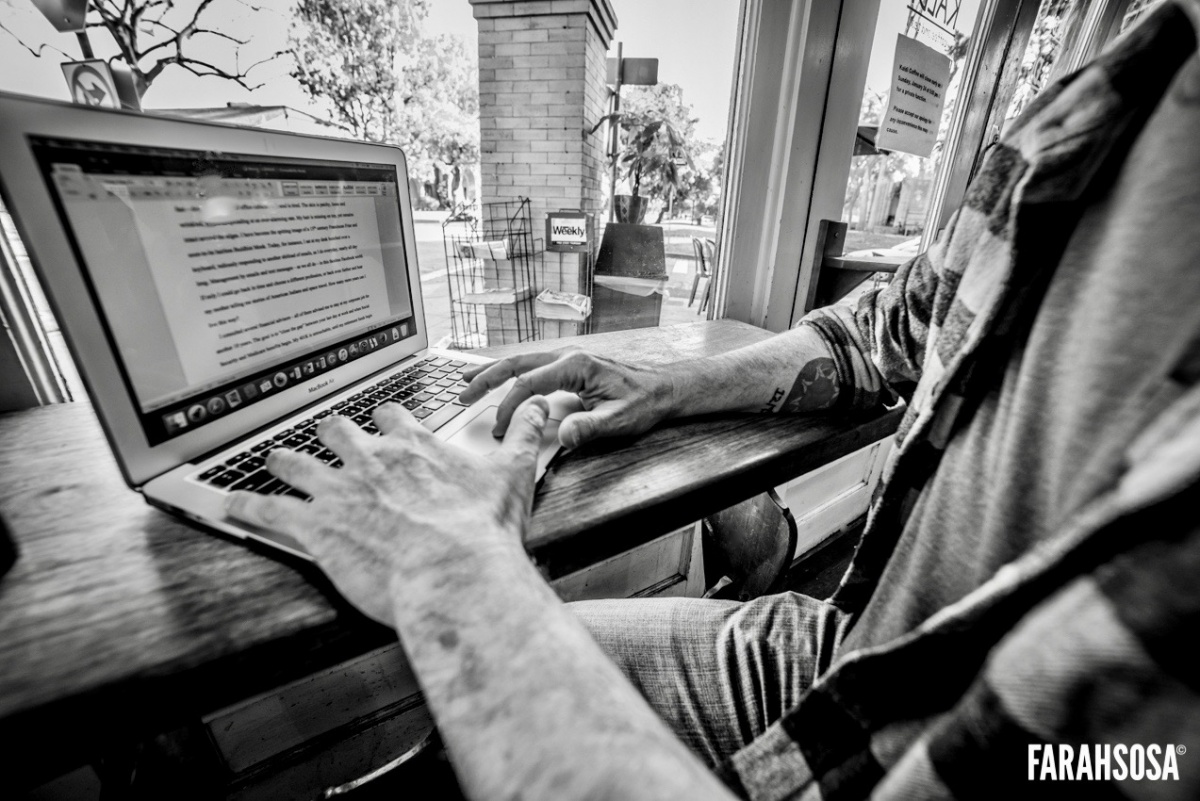The South Pasadena building located on the corner of Center Street and Diamond Avenue was originally built as the city’s first bank in 1904. On opening day, the bank Vice President Edwin Cawston deposited $4,000 in receipts from his world famous ostrich farm (Cawston Ostrich Farm in South Pasadena).



Over 110 years later, the business that resides at the bank now serves coffee drinks, tea, pastries, and delicious sandwiches (my favorite is tuna on wheat with capers) at Kaldi Coffee & Tea. Behind the main counter, you can still see the old bank vault.
Kaldi’s guests are treated to beautiful arched-window views of the surrounding small-town neighborhood and a majestic Moreton Bay fig in the adjacent Library Park.


Note: A couple of buildings down from Kaldi on Center Street (on the corner of Meridian Ave.) is the Stargate Studios – special effects artists for the popular AMC television series The Walking Dead.
Throwback Thursday is written and produced by Rick Thomas















.png)







